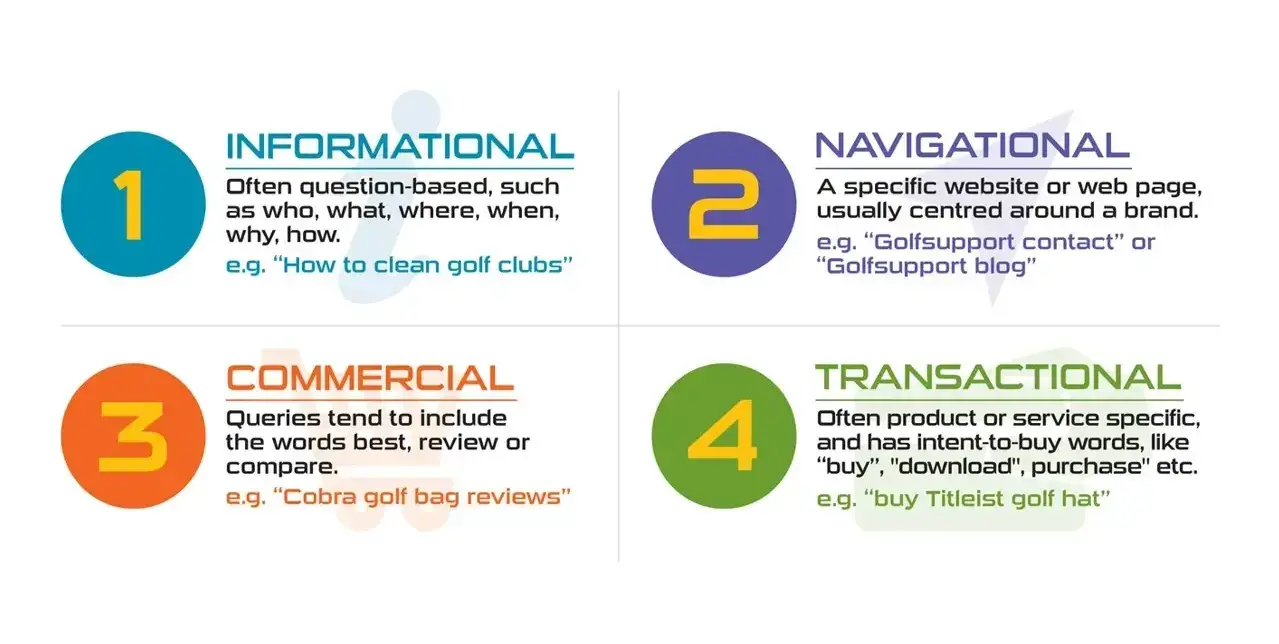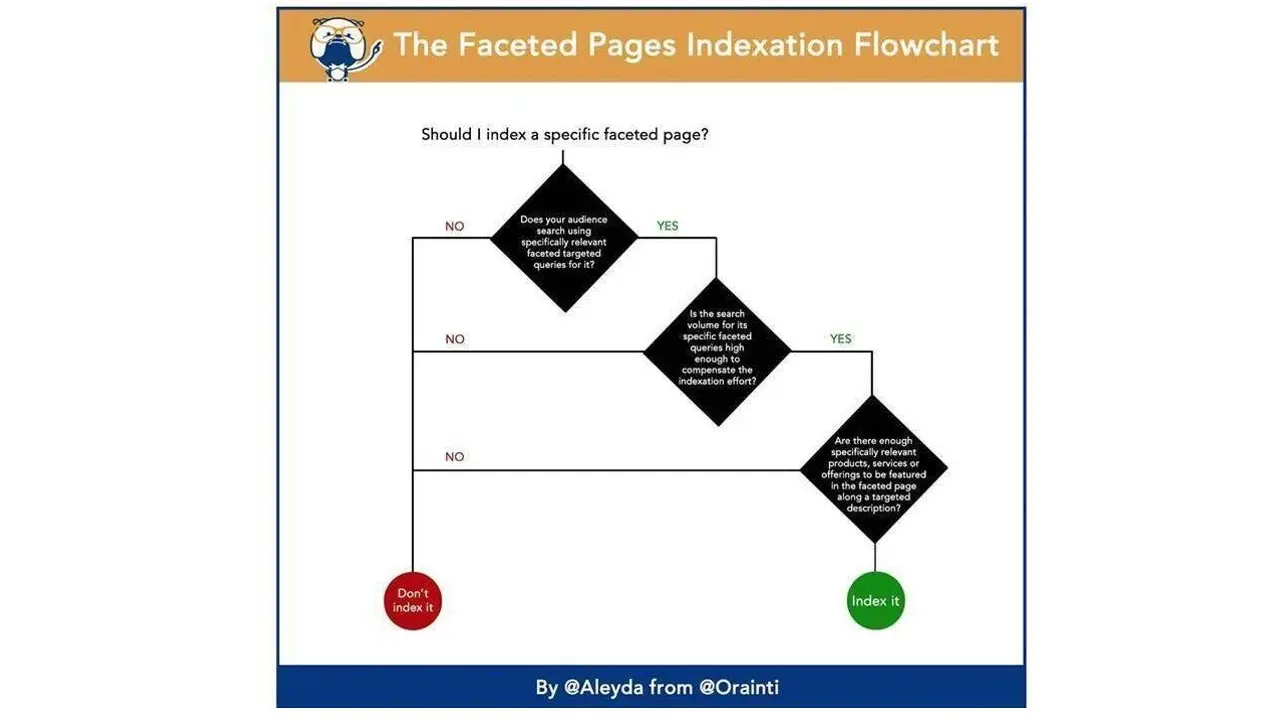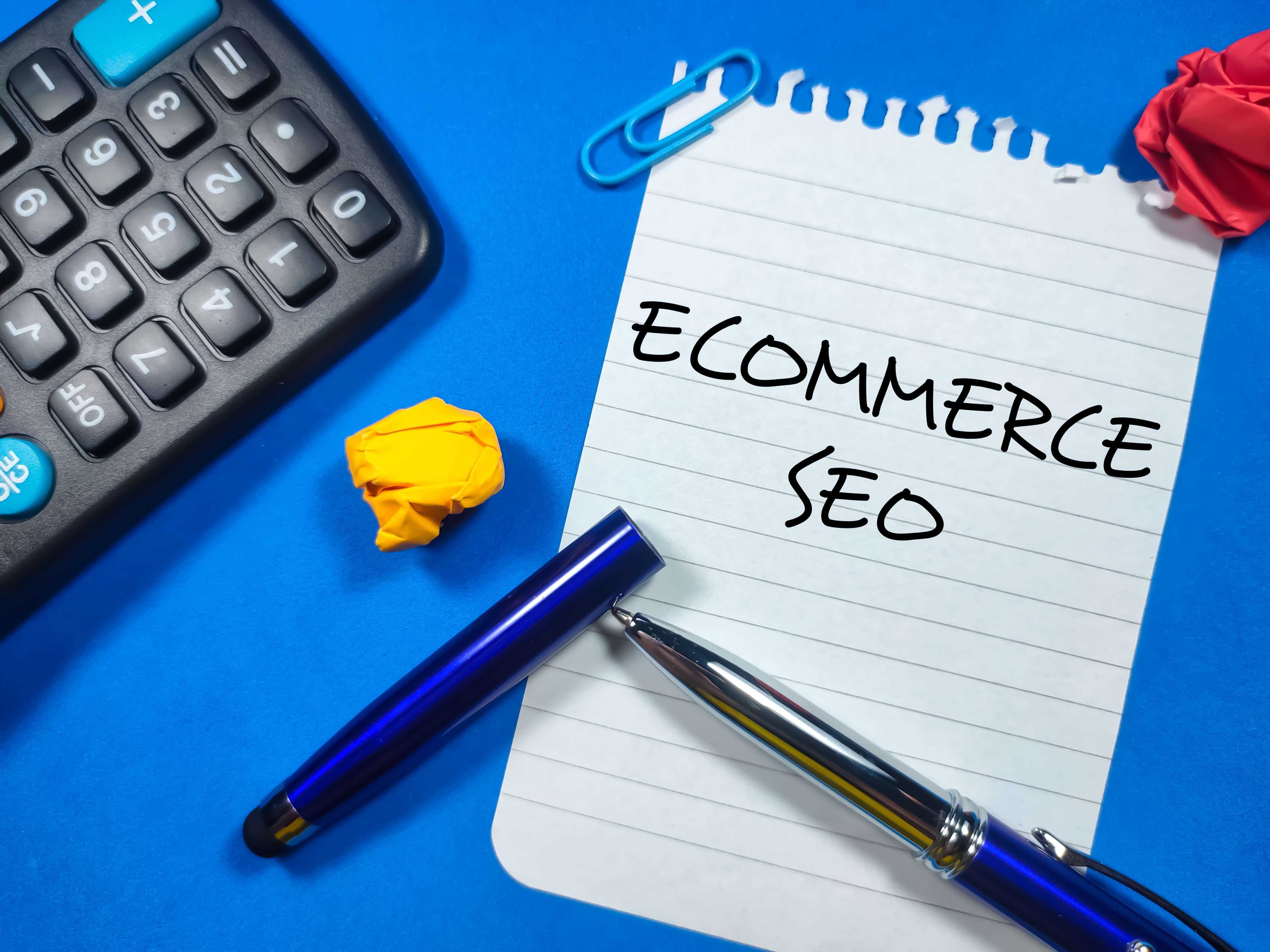According to studies, 48% of people start their online shopping with a search engine, and of those users, 70-80% ignore sponsored ads. This means that eCommerce brands are starting to see diminishing returns from their investment in ads.
Fortunately, there’s another avenue to get engaged visitors to see your content and product pages, and that is eCommerce SEO.
The term refers to search engine optimization for online stores. It’s a strategy that allows you to get better conversions and more organic sales for your online shop by combining several optimization techniques to rank eCommerce pages and portals high in search engines.
Why is eCommerce SEO important?
Ecommerce SEO is significant for a number of reasons. First, it helps you generate more organic (free or non-paid) traffic from search engines like Google, Bing, and Yahoo.
But even more importantly, it improves the quality of your organic traffic by allowing relevant visitors to find your site, which helps to boost your conversions and sales.
Furthermore, SEO enhances the usability of an eCommerce site and boosts user experience through the use of effective search optimization strategies such as the ones we’ll look at below.
To help you find effective ways to grow your eCommerce brand with search engine optimization, here are 5 SEO tips to grow your eCommerce brand.
1. Choose the Right Keywords
Your first step in optimizing your eCommerce brand for SEO is to choose the right keywords, and for that, you need to perform proper keyword research.
Keywords fall into 4 distinct categories which are:
- Informational Keywords
These are keywords that refer to the words and phrases that people search when looking for answers to specific questions. For example, “What is eCommerce?”
- Transactional Keywords
These are keywords that indicate a user’s intent to purchase. They typically include words like “best”, “review”, etc. For example, “Best website builder for eCommerce”.
- Navigational Keywords
These are related to findings specific websites or pages. For example, “Verpex” or “Verpex SEO Tips of eCommere Brands.”
- Commercial Keywords
These refer to words and phrases that indicate someone is learning more about a product or brand. An example of commercial keywords would be “Wix review”. The intent behind this type of search would be to learn more about the brand and the different products or services they offer to customers.

It’s crucial for you to understand the different types of keywords so you can create a better-informed keyword research strategy. Once you know which key was to prioritize and focus on, you’ll be able to rank faster and higher.
You must find the best keywords for your website. This is the backbone of effective SEO. Without it, you will struggle to outrank your competitors. But, with proper keyword research, your website will target keywords that your target users are searching for. This in turn will bring in more targeted traffic which results in more leads, conversions, and sales for your business.
2. Improve Site Architecture
Your next step in boosting your eCommerce brand SEO is to ensure that your online store has easy site architecture.
When it comes to SEO eCommerce, the way your site pages are organized and structured will affect your search engine rankings and user experience (UX).
It’s important to make it as easy as possible for both visitors and search engines to find the products and content in your store.
This part has to do with the navigation of category and product pages on your eCommerce store. The internal links of your website are the site’s navigation. These connections are necessary for all the pages to be linked together.
Your website's navigation needs to be seamless and easy for visitors (and search engines) to use.
Best practices dictate that any product page on your e-commerce site should never be more than three clicks away from the home page.
For the most part, search engines use your website navigation to locate and index new pages. Improving your site structure helps search engines because it adds context and content information which will ultimately make it easier for users to locate products in your store.
So, for example, you might break down your online shopping into a few different sections if it has lots of information. You can then connect all the different content categories as a way to improve the structure of your site.
Check out this flowchart which makes it easier for you to know which pages to index:

What’s the big takeaway? You don’t have to index or optimize every level of your site structure, so use the chart above to be more strategic in how you structure your eCommerce site.
Pro Tip: Add breadcrumbs to your product pages to improve website navigation for both people and Google. Site breadcrumbs tell people where they are on your website and let Google know the way your site is structured.
3. Optimize Your On-Page SEO
Once your keyword research is done and you’ve improved your site structure, you can move on to optimizing your on-page SEO.
First, focus on your two highest value pages, which are the product category pages, and the product pages.
Here are some things to focus on:
The canonical tags
Your website’s sitemap.xml and robots.txt files
Generate title tags that include the name of your eCommerce store
Use themes with social media sharing and linking options
Additional steps you can take include:
Editing the title tags, meta tags, meta descriptions, etc. to include your keywords
Editing the product image alt text to include your keywords
Making sure your file names include your keywords
Improving the URL structure for web pages, blog posts, products, and collections
Make sure to use modifiers like “free shipping”, “wide selection”, “X percent off”, etc. when optimizing your site's title tags and descriptions.
These can give you a massive boost in rankings because Google uses click-through rate as one of its ranking factors. This means that it isn’t enough to simply cater to the great Google overlords, but you also have to pique the interest of your searchers, too.
One huge benefit of these types of modifiers is that they also help you find longtail keywords.
4. Focus on Technical SEO
The fourth step in optimizing your eCommerce SEO is to get under the hood to optimize the areas that are not seen by your shoppers.
This includes doing things such as:
Creating logical internal linking in your menus.
Submitting your sitemap to GSC (Google Search Console)
Fixing site errors.
Optimizing images to load quickly
By improving these things, you’ll ensure that your website is optimized for crawlers, has the best site speed, and is mobile-friendly.
Technical SEO will allow you to achieve better website engagement since your site will be faster and easier to access. Also, your site will be easier for search engines to crawl which means you’ll receive more organic traffic.
More organic traffic means more conversions and ultimately more sales.
You’ll be able to find tons of step-by-step tutorials online on how to improve your website's technical SEO.
However, if you feel that it’s beyond your [bandwidth]( to conduct all these technical SEO optimizations, then you can hire a skilled technical expert to conduct a site audit and optimize your eCommerce website according to current best practices.
5. Start a Blog for your eCommerce Store
One of the biggest issues faced by eCommerce websites is thin content. Another issue is content duplication - and both these issues can be addressed by starting a blog for your eCommerce store.
A lot of the thin content and duplication scenarios occur because most eCommerce stores have multiple internal levels of the site structure, including filters and attribute-focused pages with very few items, and those are also included in multiple other pages.
So, when you have pages on your site that only list one or two items, adding a blog can help significantly by increasing the overall amount of content on your eCommerce website.
Conclusion
This article has outlined 5 of the best SEO tips for eCommerce brands. Each of these has been proven to provide exceptional results in eCommerce marketing strategies. Use them to optimize your online store for better conversions and increased sales.
What other SEO strategies are you using to boost your eCommerce store sales? Share your thoughts below!
Frequently Asked Questions
How customizable is my ecommerce store?
This depends on the eCommerce tool you use. For example, Magento is 100% customizable, and you can amend just about every aspect. Shopify on the other hand has far fewer customization options.
Can I use hosting for WordPress for an ecommerce site?
Yes, of course. In fact, the platform has some of the best online stores and a range of payment processor plugins on the market.
Is shared hosting good for eCommerce?
There are several advantages of using shared hosting for eCommerce, like its low cost, security, and user-friendliness. However, if you’re looking for a scalable hosting plan, managed cloud server might be a better choice for you.
Can WordPress be used for eCommerce?
WordPress offers many different ways to build an eCommerce online store for all types of products and markets. Almost 40 percent of all online shops are powered by WooCommerce, a WordPress eCommerce plugin.

Ron Stefanski is a website entrepreneur and marketing professor who has a passion for helping people create and market their own online business. You can learn more from him by visiting OneHourProfessor.com
View all posts by Ron Stefanski



















